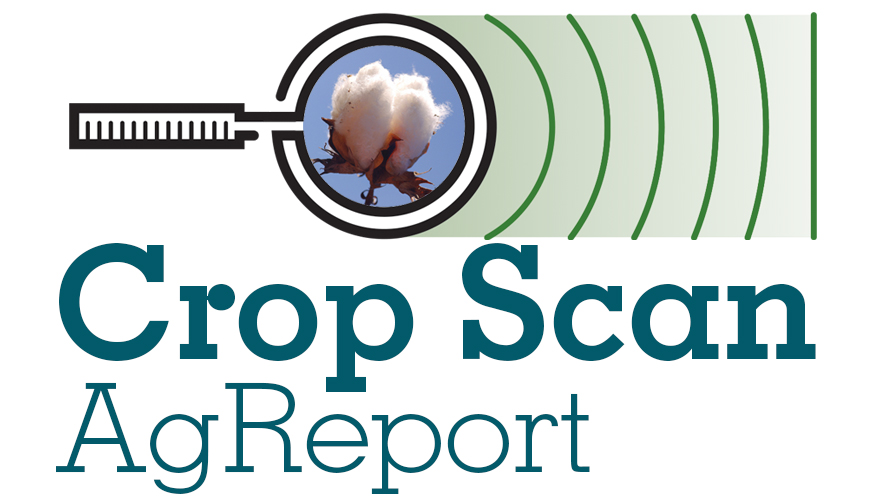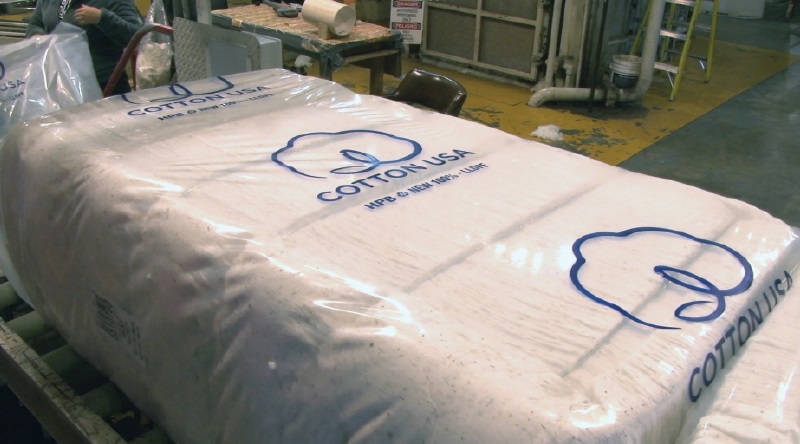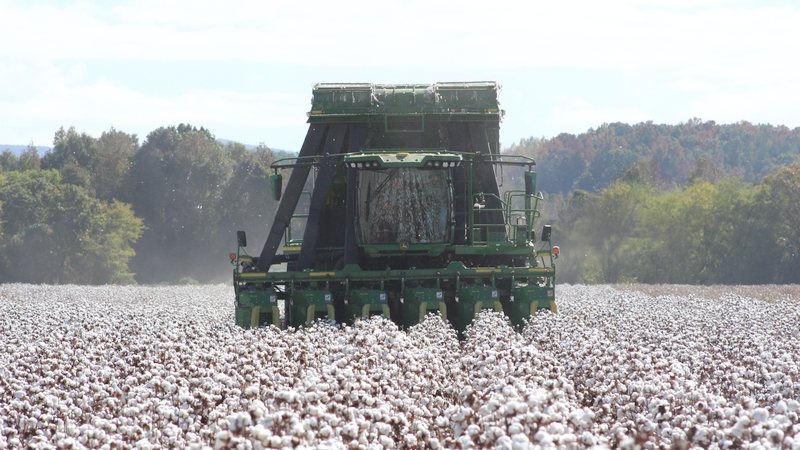NCC: Bring Cotton Back as Title I Commodity
The National Cotton Council believes it is imperative that cotton be included in the next farm bill’s Title I programs so cotton producers can access the same complement of risk management tools available to other crops.
That was the key message of Nick McMichen, a Centre, AL, cotton producer, at the July 25 Senate Agriculture, Nutrition & Forestry Committee hearing, “Commodities, Credit, and Crop Insurance: Perspectives on Risk Management Tools and Trends for the 2018 Farm Bill.”
In testimony on behalf of the NCC, McMichen stated, “For the past three years, cotton producers have struggled with low prices, high production costs and the resulting financial hardships. While cotton futures increased for a brief period earlier this year, markets have now retreated, meaning most cotton producers continue to face economic pressures and declining credit conditions.”
In describing the economic climate in which U.S. cotton producers have operated under the 2014 farm law, McMichen said the passage of that law coincided with significant changes in the global cotton market. Shortly after the bill was approved, he said cotton prices began a significant decline – the result of a build-up of global cotton stocks, decreased demand, and reduced exports.
“I highlight these issues because of the strong influence of international markets and manmade fiber on the financial conditions of U.S. cotton farmers,” McMichen said. “In 2015, this led to the lowest U.S. cotton acreage in more than 30 years. Since 2014, market returns from cotton and cottonseed have fallen short of the total costs of production. And based on current market conditions, financial pressures will continue through 2018.”
With cotton being the only program crop without long-term price protection in the current farm law, McMichen told the Committee that the NCC will continue to pursue the best policy to provide growers with adequate protection that is consistent the U.S. cotton industry’s needs, while taking into account the full value of the cotton crop from both fiber and seed.
McMichen emphasized that along with price or revenue protection, an effective safety net also must include a suite of crop insurance products that producers can tailor to their risk management needs to address yield and price volatility within the growing season.
“Crop insurance remains a critical component of the overall safety net for cotton,” he said. “Nearly all cotton acres are covered by some level of individual crop insurance.”
McMichen said U.S. cotton also needs a properly functioning marketing loan program that helps ensure orderly marketing and flow of cotton to the market, but needs no further tightening of payment limits and eligibility requirements.
He said the NCC supports continuation of the Economic Adjustment Assistance Program, which has supported a textile manufacturing base that creates U.S. jobs. And, because U.S. cotton is heavily reliant on exports, it is essential to have well-funded programs to help leverage private-sector resources to expand export markets and grow demand. A central part of this effort is USDA’s Market Access Program and Foreign Market Development program.
Source – National Cotton Council








